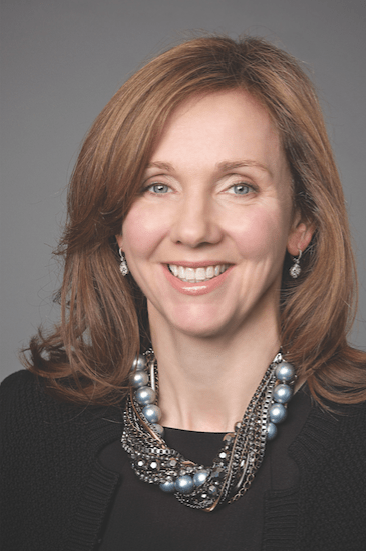Bridget Fair.
There is no doubt that the future of children’s television quotas for commercial television is an emotive issue. But rather than hanging on to the current quota arrangements like an old and well-loved security blanket, it’s well past time to really look at whether they are delivering their intended purpose.
The children’s television standards were first developed in the 1970s. They came into existence at a time when Australian children had no other source of audio-visual content.
The aim of the standards was to contribute to children’s development, to stimulate their imagination and extend their understanding of their world and to provide shared cultural experiences for Australian kids. This laudable aim has been by and large met up until about a decade ago when Australian children started to move away from the content provided specifically for them on commercial television.
Children are no longer restricted to watching content on just one platform and they are using an ever-growing number of new platforms like Netflix, YouTube and Facebook. And they are seeking out child-specific programming on ABC for Kids.
Just like the famous tree in the forest, we are increasingly asking: If C and P programming is being transmitted but nobody watches it, does it really make a sound?
It’s important to note the purpose of these quotas was not to deliver an industry support program for independent producers. The question of how to support the production of Australian children’s content may well be a worthy one for consideration by government.
Commercial television broadcasters are not funding agencies. They need to broadcast programs that deliver audiences to advertisers. That is the business model that keeps them able to do all the things we value and love, including spending more than $1.6 billion on Australian content production every year. And it is now more than clear that C and P programming is simply not commercially viable.
The average child audience in 2017 for C and P programs on commercial television was 4,700. That is a 30 per cent decline on 2016 and 70 per cent down on 2010 audience levels. Catch up audiences for these programs average an additional 6 per cent.
This is not, as some have suggested, because Free TV broadcasters don’t promote content on their channels. For example, Nine extensively promoted 9Go! as a children’s destination on its primary channel, and through social media and online, to little effect. Parents are choosing ad-free designated children’s platforms rather than sitting their children down at government mandated children’s viewing times. They are increasingly opting for platforms that provide ad-free, on-demand children’s content when it suits their family routines.
Sadly, while many C and P programs are very high quality and undoubtedly the kind of content that we would all like to shape our children’s world views, they simply are not watching them. It is difficult to see what benefit children could possibly be getting from programs that they never actually see.
The most recent research by the Australian Communications and Media Authority confirms this. The ACMA found that despite the fact that commercial free-to-air broadcasters are creating award-winning shows for children, and that those programs are all broadcast at regular times when children are most likely to be watching, there was an almost 80 per cent decline in the child audience for the highest-rating C and P programs between 2005 and 2016 (185,000 down to 41,000).
Free TV broadcasters are committed to delivering the diversity of Australian stories that our audiences – including our child audiences – want to watch on our platform. In today’s media environment, the viability of our businesses depend on it.
Our audiences are telling us that when children want to watch commercial free-to-air TV, they want to do it with their families, watching programs such as family entertainment shows, movies and major events. High quality productions that tell unscripted Australian stories like Little Big Shots, Australian Ninja Warrior and MasterChef Australia shown in the 7.30 family viewing time are highly valued by Australian families, with ratings data showing average child audiences in the hundreds of thousands.
These programs attract children because they engage a wide family audience through entertaining narratives and rich storytelling that is crafted to appeal to all ages.
It’s time to accept the difficult truth that while the current regulatory settings may be serving C and P content production, they are doing nothing to serve child audiences. An honest conversation needs to be had about how best to support this production to allow C and P content to be delivered on those platforms where children are watching.
Bridget Fair is CEO of Free TV Australia. This article is in response to an op-ed piece in IF by ACTF CEO Jenny Buckland.



